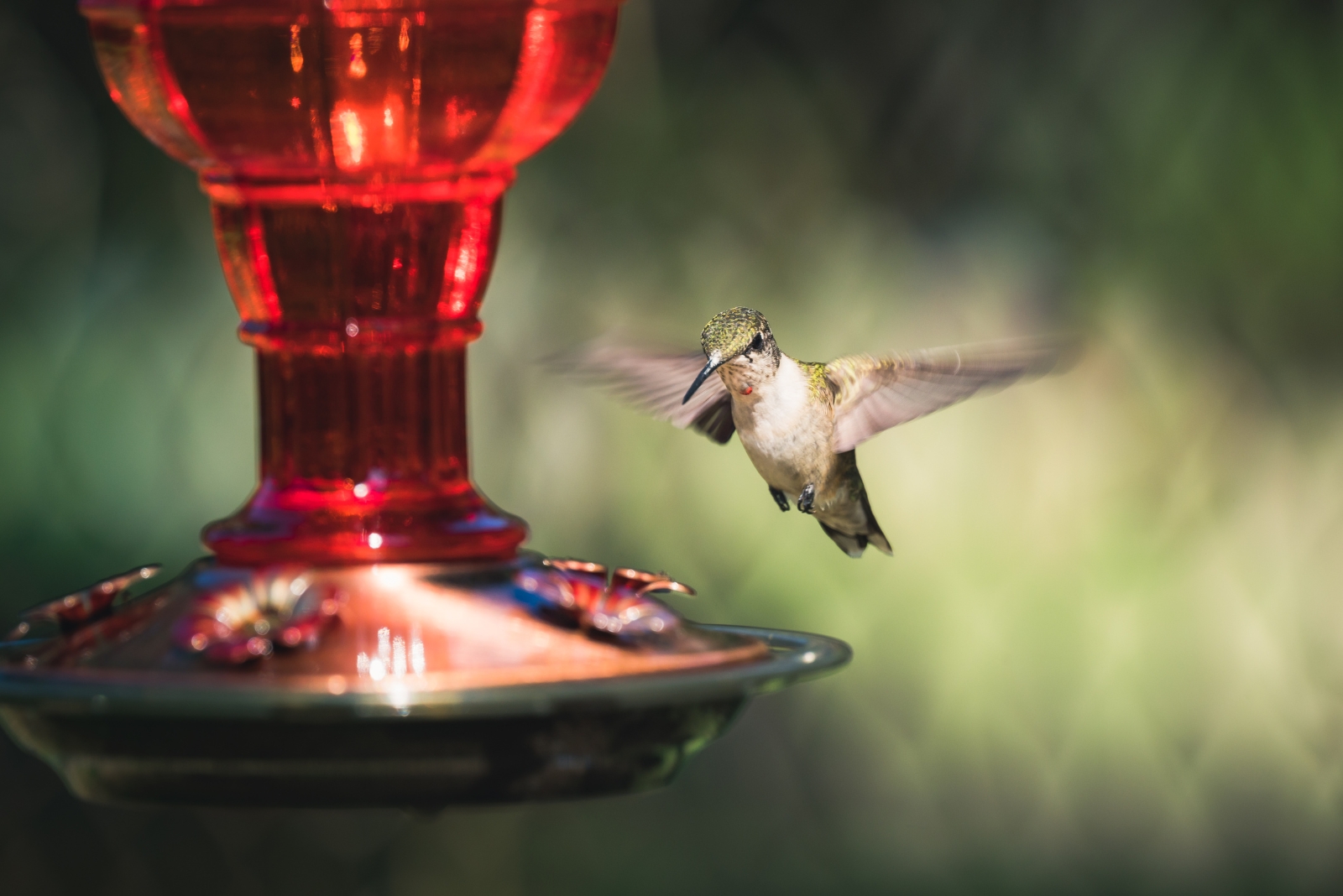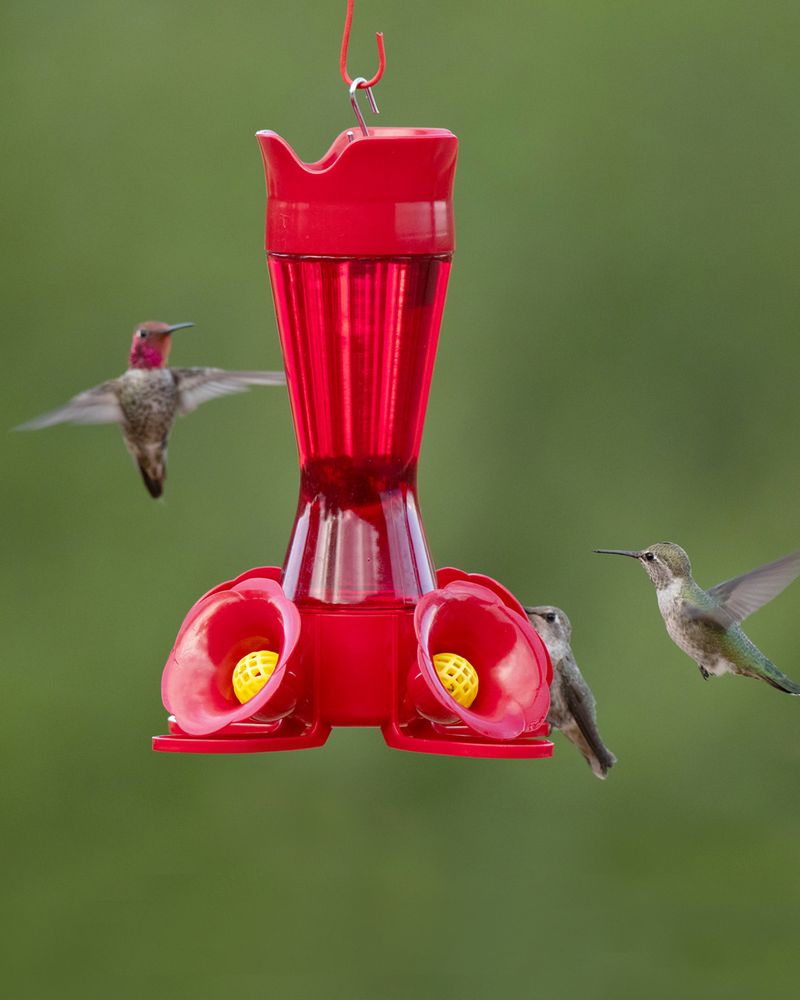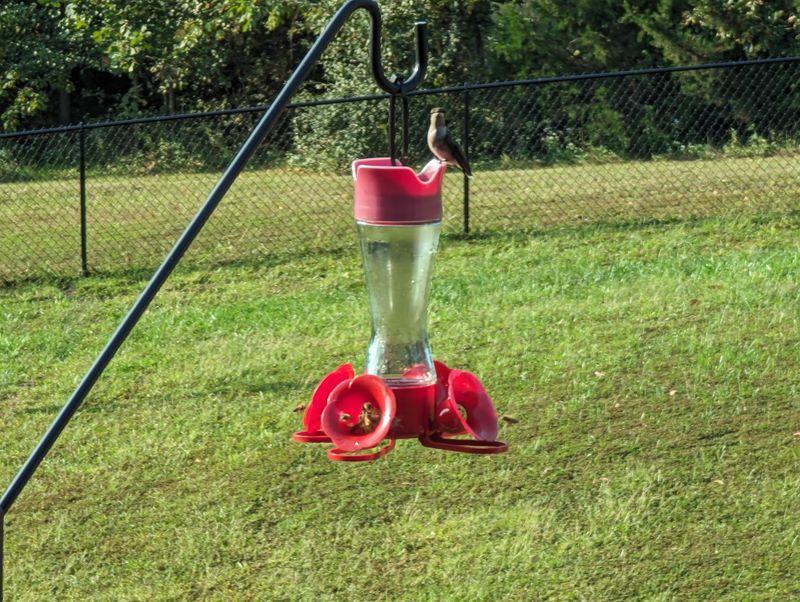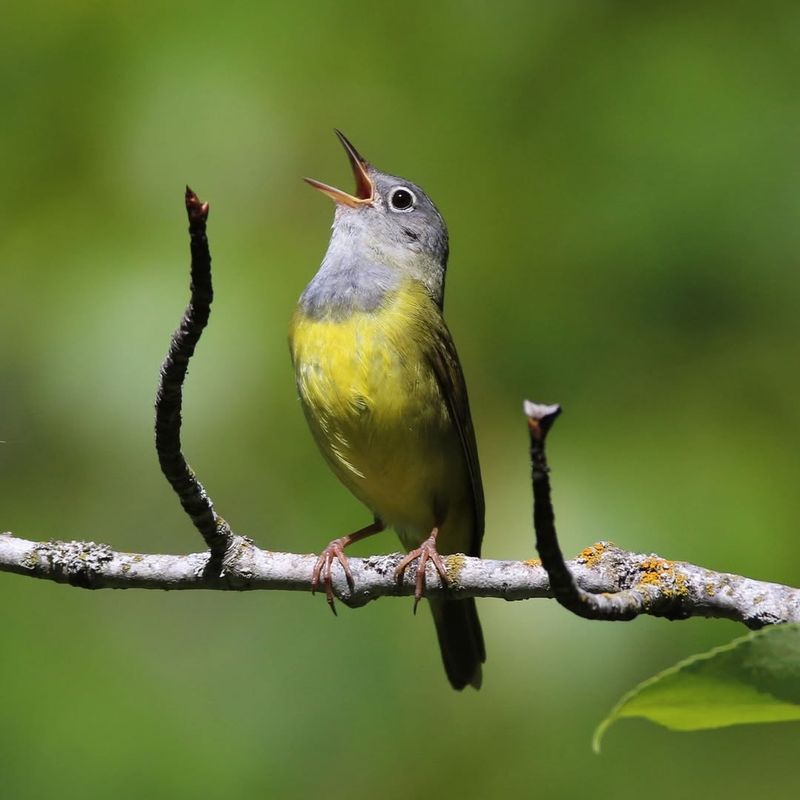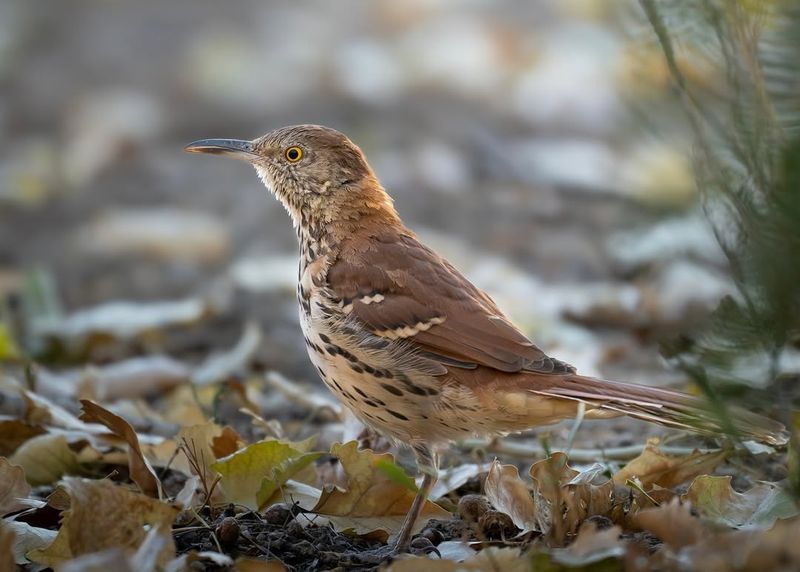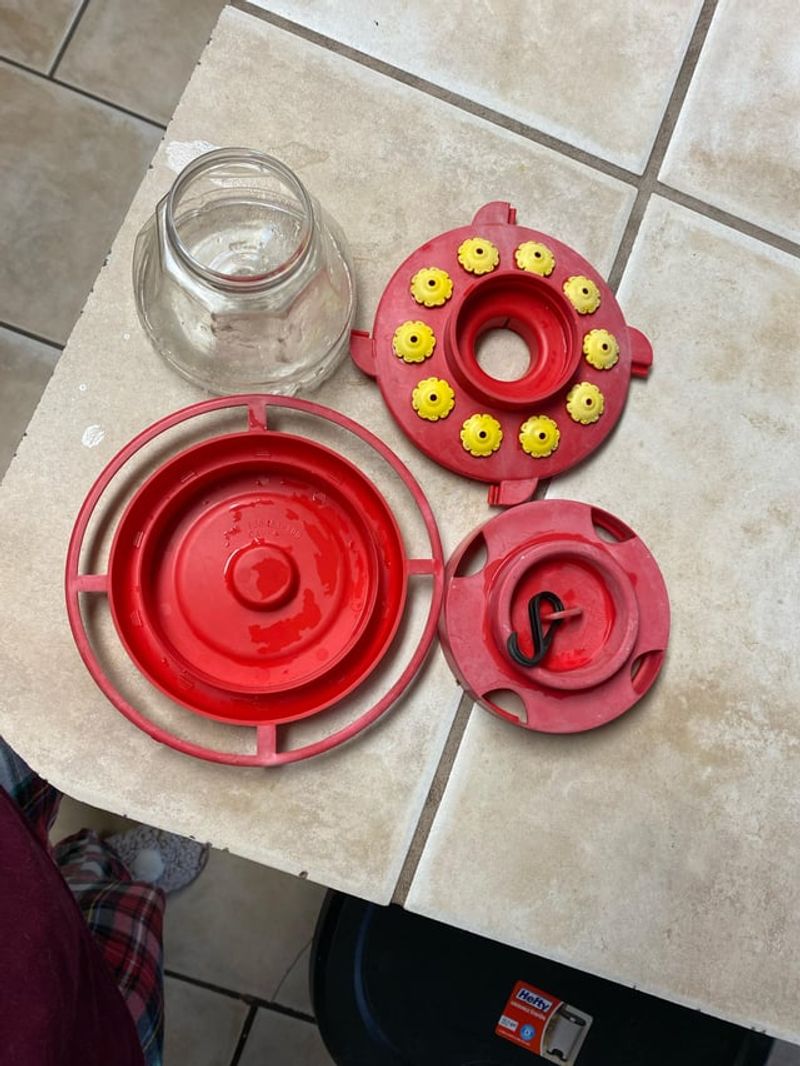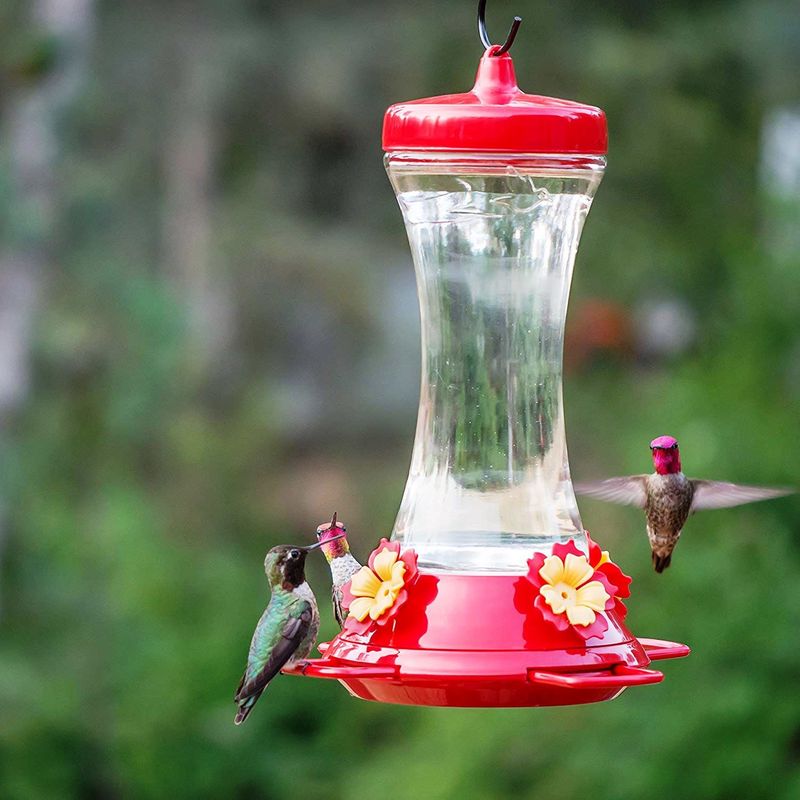Watching hummingbirds visit your backyard feeder is one of summer’s greatest joys in Michigan. But knowing when to take those feeders down can be tricky.
Removing them too early might leave late migrants without food, while keeping them up too long could discourage natural migration. Getting the timing right helps these tiny travelers complete their incredible journey south.
1. Wait Until Late October
Most Michigan hummingbirds leave by mid-September, but stragglers and rare species often pass through later. Keeping your feeder up through late October ensures these late travelers have fuel for their journey.
Ruby-throated hummingbirds are the most common visitors, and a few always linger longer than expected. Your feeder won’t prevent migration since instinct and daylight trigger their departure, not food availability.
Consider this your safety net for any hungry hummers making their way south.
2. Watch For Two Weeks Without Visitors
A good rule of thumb is observing your feeder carefully during fall. Once you haven’t seen any hummingbirds for two solid weeks, it’s probably safe to take it down.
Keep a simple log or mark your calendar when you spot the last visitor. This method works better than guessing based on dates alone since weather patterns vary yearly.
Cold snaps can push birds south earlier, while warm falls might extend their stay. Let the hummingbirds themselves tell you when it’s time.
3. Monitor Local Bird Reports
Michigan bird enthusiasts share sightings through apps like eBird and local Facebook groups. Checking these resources gives you real-time data about hummingbird activity in your area.
If birders across the state are still reporting sightings, keep your feeder operational. Regional differences matter too since northern Michigan sees earlier departures than southern counties.
Community knowledge beats guesswork every time. Plus, connecting with fellow bird lovers makes the hobby even more rewarding and educational.
4. Consider Rare Western Species
Did you know? Occasionally, western hummingbird species like Rufous or Allen’s show up in Michigan during fall migration. These adventurous wanderers sometimes appear in November.
Leaving your feeder up longer increases chances of spotting these rare gems. Birdwatchers travel miles hoping to see them, and your backyard could become their lifesaving refueling station.
Even one extra week of availability might make the difference for an off-course traveler needing energy before continuing their journey.
5. Keep Feeders Clean Until Removal
Cooler fall temperatures slow nectar spoilage, but maintaining cleanliness remains essential right up until you take feeders down. Change the sugar water every three to five days minimum.
Moldy or fermented nectar can harm any late-season visitors relying on your feeder. Rinse thoroughly with hot water and use a bottle brush to remove residue.
Your commitment to cleanliness protects hummingbird health throughout their entire migration period. They deserve fresh, safe fuel for their demanding journey southward.
6. Prepare For Next Spring Early
Once you remove your feeder, clean it thoroughly and store it properly for winter. Use a vinegar solution to eliminate any lingering mold or bacteria.
Dry everything completely before storing in a cool, dry place. Mark your calendar for late April, when Michigan hummingbirds typically return from their winter homes.
Proper storage prevents damage and ensures your feeder is ready when those first brave migrants arrive hungry after their incredible journey north. Planning ahead makes springtime setup effortless.
7. Leave One Feeder Up Longer
If you maintain multiple feeders, consider taking down all but one by early October. This strategy provides insurance for stragglers without requiring you to maintain several stations.
Focus your cleaning efforts on a single feeder, making fall maintenance less overwhelming. Position this remaining feeder where you can easily monitor it from a window.
This compromise balances helping late migrants with practical considerations. One well-maintained feeder beats several neglected ones, and it simplifies your autumn bird-feeding routine considerably.

